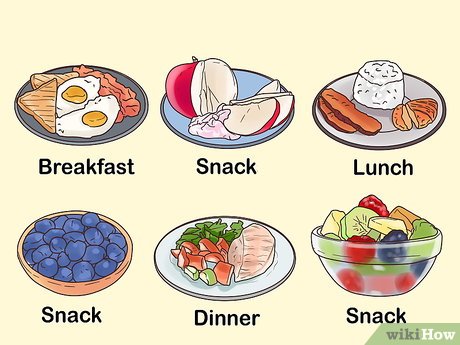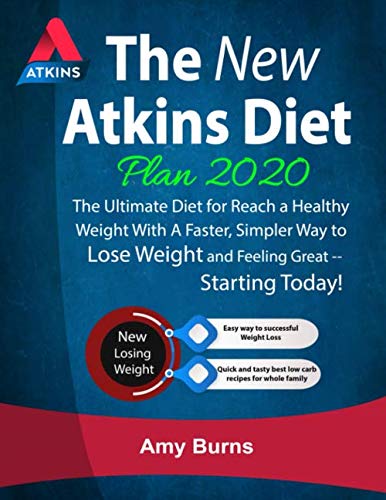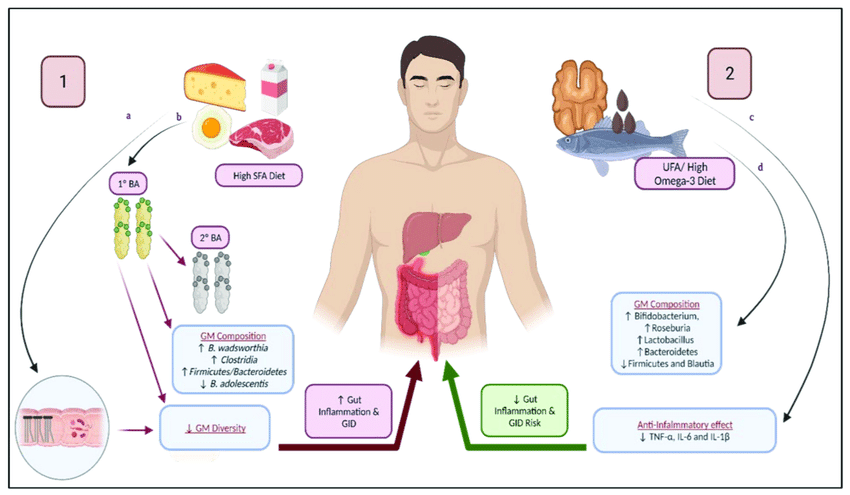
Breastfeeding mother and baby are best served after birth. This is because breastmilk has many nutrients that can help the baby grow. During the first two months, you should avoid skipping meals because your body needs time to absorb the nutrition from food. Also, healthy eating should include a wide variety of foods throughout your day, including whole grains, fruits, veggies, and vegetables. You can snack on foods like bananas, peanut butter, squeezable yogurt packs, and high-fiber cereals. Food can be frozen and prepared in advance to save money.
Galactagogues are herbs that increase breast milk supply. Several herbs can boost the milk supply, including fenugreek, goats' rue, and blessed thistle. Some herbs can, however reduce breastmilk production. Parsley and peppermint are two of these herbs that should be avoided. The decrease in milk supply has also been linked to garlic. It is important to limit your baby’s garlic intake while breastfeeding in order to prevent any adverse effects on his health.

Breastfeeding mothers also have access to fish, which is a good source of nutrients. Oily fish is good for a healthy diet. It also contains the omega-3 fats that your baby needs. Although you can eat fish more during pregnancy, and afterward, it is best to limit your intake to two portions per week while breastfeeding. Great choices include salmon, mackerel, and even sardines. However, shark is not recommended as part of a diet, according to the NHS. Marlin, swordfish and swordfish are all high in mercury. You should limit the number of times you eat them.
Mothers of breastfeeding mothers should consume lots of calcium and iron, in addition to fresh fruits and vegetables. These nutrients can also be found in foods such as cheese, yogurt and milk, as well as sardines, tofu and collard greens. It is also important to take vitamin D supplements. This can be obtained for free from the NHS Healthy Start programme. These supplements can also be recommended by a midwife, or a healthcare professional.
Breastfeeding moms have more choices when it is about food than they ever had before. They can eat any food that their babies would like. Wheat, corn, soy, and other foods are not suitable for nursing mothers. Avoiding wheat and soy products while breastfeeding is a good idea if you have an allergy. There are some foods that you can eat but not others. They may also cause colic.

When breastfeeding, you need to be careful about the nutrition of the foods that you eat. Healthy nutrition is crucial for your baby's development. It is also important to make sure that the food you eat is healthy. Some foods can cause problems with digestion, even though breast milk is rich in nutrients. It is vital to carefully read the Nutrition Facts label prior to consuming certain foods or beverages. Your healthcare provider should be consulted if you have any concerns about your baby’s health.
FAQ
Is cold an indication of a weaker immune system?
It's been said that there are two kinds of people in the world; those who love winter and those who hate it. It doesn't matter if you love it or not, it is possible to wonder why it makes you feel so miserable when it gets cold outside.
The truth is that our bodies are built to work best when it's warm. Our bodies were designed to thrive in hot weather because this is where the majority of our food sources are.
Now, however, we live in a completely different environment to how our ancestors lived. We spend more time indoors and are often exposed to extreme temperatures (cold or heat) and eat processed foods rather than fresh.
Our bodies don't have the ability to tolerate extremes. This means that we feel tired, sluggish and even sick when we venture outside.
These effects can be reversed, however. Staying hydrated is one way to combat this. You can help flush toxins out of your body by drinking plenty of water.
A healthy diet is another important thing. The best way to maintain your body's optimal temperature is by eating nutritious food. This is especially important for those who spend long periods inside.
Take a few minutes every morning to meditate. Meditation can relax your mind and make it easier manage stress and illness.
How often do I need to exercise?
A healthy lifestyle requires regular exercise. But, you don't need to spend a specific amount of time exercising. Finding something that you love and sticking with it is the key.
You should aim to do 20-30 minutes of moderate intensity exercise three times per week. Moderate intensity means that your muscles will continue to work hard even after you finish. This type works out burns around 300 calories.
If you prefer to walk, go for 10 minute walks four days a week. Walking is low in impact and easy for your joints.
Jogging is an alternative to running. You can do it for as little as 15 minutes each day. Running is a great exercise to build muscle tone and burn excess calories.
You should start slowly if it's your first time exercising. Begin by only doing 5 minutes of cardio five times per week. Gradually increase your cardio time until you reach the goal.
How can I lower my blood pressure
It is important to first understand what high blood pressure is. Then you need to take steps to reduce this cause. You can do this by eating less salt, losing weight, or taking medication.
Exercise is also important. If you don't have time for regular exercise, then try walking as often as possible.
A gym membership is a good idea if you don't like how much exercise your doing. You will probably join a gym where you can meet other people with similar goals. You will find it easier to keep to a workout schedule if you have someone to watch you at the gym.
What's the difference of a calorie versus a Kilocalorie?
Calories are units used to measure the amount of energy in food. Calories are a unit of measurement. One calorie equals one degree Celsius of energy to raise water temperature by 1 gram.
Kilocalories are another way to describe calories. Kilocalories equal one thousandth of a calorie. 1000 calories are equal to one kilocalorie.
Increase immunity with herbs or supplements
Natural remedies and herbs can be used to increase immune function. Examples include ginger, garlic and oregano oils, echinacea, vitamin C, ginkgo loba, and echinacea.
These herbal remedies are not meant to replace medical treatment. Side effects include nausea, diarrhea and stomach cramps, headaches and dizziness.
How do I count calories?
You might be asking "What is the best diet?" or "is counting calories necessary?" This depends on your health and lifestyle.
The Best Diet For Me: Which One Is Right?
My personal health, goals and preferences as well as my lifestyle determine which diet is best for me. There are many options, both good and bad. Some are better for certain people than others. What should I do then? What can I do to make the right decision?
These are the questions this article will answer. This article begins with a brief overview of the various types of diets that are available today. Next, we'll discuss the pros and cons for each type of diet. The final step is to determine which one is right for you.
To begin, let's take a quick look at the different types of diets.
Diet Types
There are three main types: low-fat, high-protein, or ketogenic. Let's take a look at them all below.
Low Fat Diets
A low-fat diet is one that limits the intake of fats. This is accomplished by decreasing the intake of saturated fats such as butter and cream cheese. These fats can be replaced with unsaturated fats like avocados and olive oil. For those looking to lose weight quickly, a low-fat diet is often recommended. This kind of diet could cause problems like constipation or heartburn and indigestion. If a person doesn’t receive enough vitamins from their foods, this can lead to vitamin deficiency.
High Protein Diets
High protein diets discourage carbohydrates and encourage the use of proteins. These diets usually have higher amounts of protein than other diets. These diets can help increase muscle mass and decrease calories. One problem is that they might not be sufficient to provide regular nutrition. They are not suitable for all people because they can be restrictive.
Ketogenic Diets
Ketogenic diets are also known as keto diets. They are high in fat, moderately high in protein and low in carbohydrates. They are commonly used by athletes and bodybuilders, as they allow them train harder and more frequently without getting tired. They do require strict compliance to avoid any side effects like fatigue, headaches, nausea, and headaches.
Statistics
- nutrients.[17]X Research sourceWhole grains to try include: 100% whole wheat pasta and bread, brown rice, whole grain oats, farro, millet, quinoa, and barley. (wikihow.com)
- According to the Physical Activity Guidelines for Americans, we should strive for at least 150 minutes of moderate intensity activity each week (54Trusted Source Smoking, harmful use of drugs, and alcohol abuse can all seriously negatively affect your health. (healthline.com)
- Extra virgin olive oil may benefit heart health, as people who consume it have a lower risk for dying from heart attacks and strokes according to some evidence (57Trusted Source (healthline.com)
- The Dietary Guidelines for Americans recommend keeping added sugar intake below 10% of your daily calorie intake, while the World Health Organization recommends slashing added sugars to 5% or less of your daily calories for optimal health (59Trusted (healthline.com)
External Links
How To
What does the term "vitamins" mean?
Vitamins can be described as organic compounds found in food. Vitamins are essential for our bodies to absorb nutrients from the foods we eat. Vitamins cannot be produced by the body. They must be acquired from food.
There are two types of vitamins: water soluble and fat soluble. Water-soluble vitamins dissolve readily in water. Examples include vitamin C,B1 (thiamine), B2 (riboflavin), B3 (niacin), B6 (pyridoxine), folic acid, biotin, pantothenic acid, and choline. The liver and fatty tissues are home to fat-soluble vitamins. Some examples include vitamin D and E, K, A and beta carotene.
Vitamins can be classified by their biological activity. There are eight major types of vitamins:
-
A - Vital for normal growth and maintaining good health.
-
C is important for nerve function and energy production.
-
D - necessary for healthy bones and teeth.
-
E is required for good vision and reproduction.
-
K – Required for healthy nerves & muscles.
-
P - essential for strong bones, teeth and tendons
-
Q - Aids digestion and iron absorption
-
R is required for the production of red blood cells.
The recommended daily intake (RDA), of vitamins varies with age, gender and physical condition. The U.S. Food and Drug Administration has established the RDA values.
For adults over 19 years, the RDA is 400 mg per day for vitamin A. Pregnant mothers need 600 micrograms per days because it is vital for the development and growth of their baby. Children ages 1-8 require 900 micrograms per day. Babies under one-year old require 700 mg per day. Between 9 and 12 years of age, however, this drops to 500 mg per day.
Children aged 1-18 years need 800 micrograms daily, while children overweight require 1000 micrograms per days. Children who are severely obese or underweight will need 1200 micrograms each day.
Children aged 4-8 years old who have been diagnosed as having anemia require 2200 micrograms of vitamin C per day.
2000 micrograms daily is required for adults over 50 to maintain their general health. Due to their increased nutrient needs, pregnant and breastfeeding women need 3000 micrograms daily.
Adults over 70 require 1500 micrograms each day, since they lose around 10% of their muscle mass every decade.
Women who are pregnant, nursing or breastfeeding need more than the RDA. Pregnant and breastfeeding women require 4000 micrograms each day during pregnancy and 2500 Micrograms each day after delivery. Breastfeeding mothers need to consume 5000 micrograms every day when breastmilk has been produced.